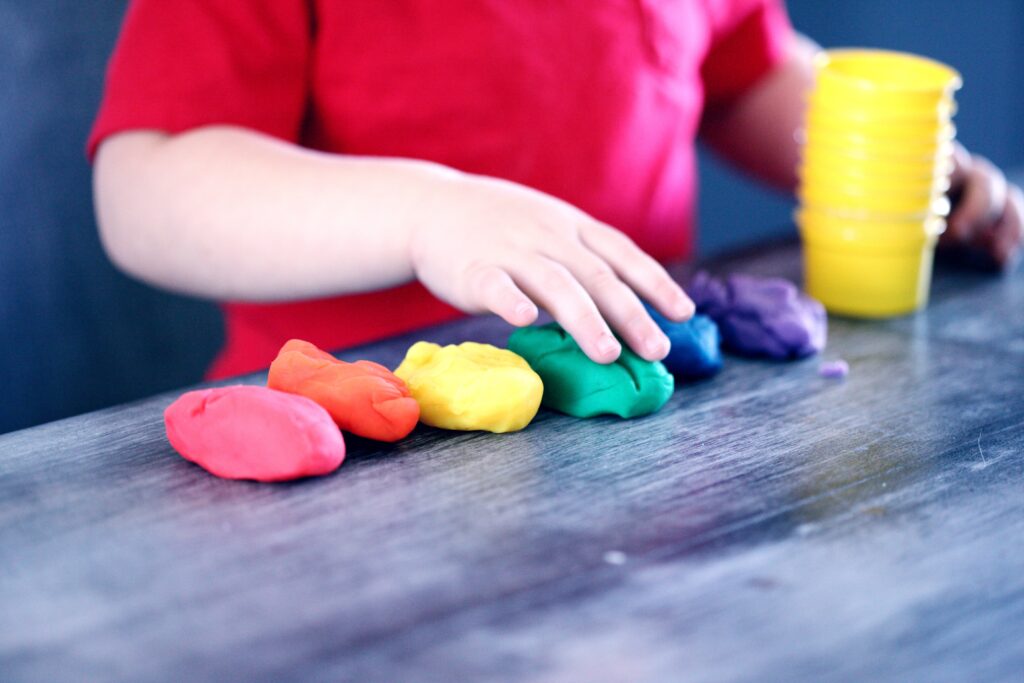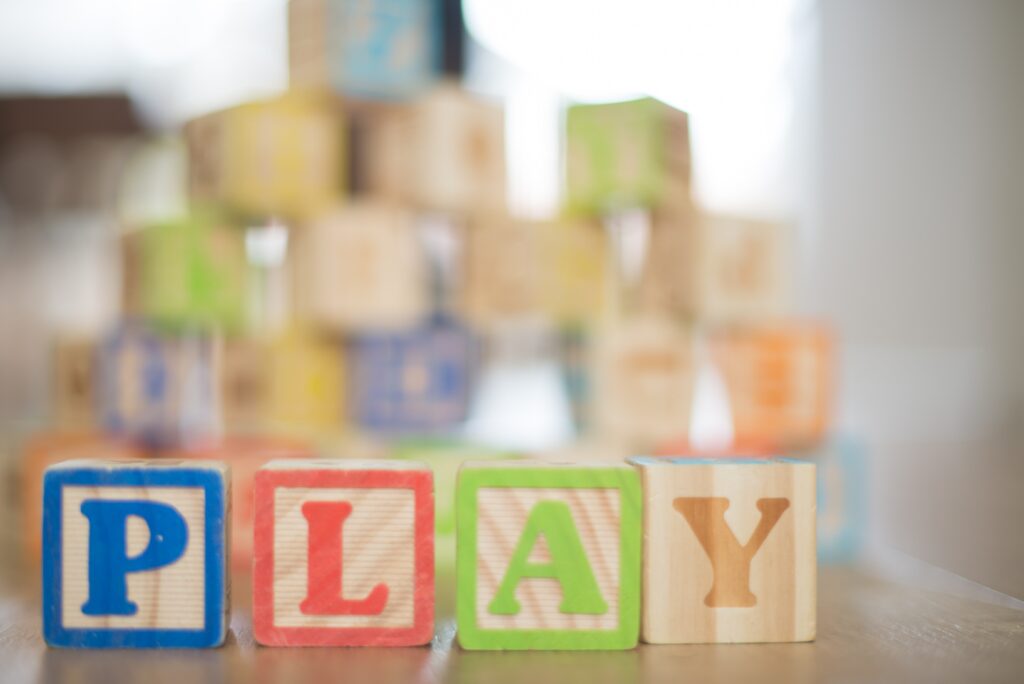To anyone unacquainted with the idea of Early Year Foundation Stage monitoring, a child tracker observation has the ring of something unpleasant – an overly stringent teacher keeping tabs on everything a child says or does, rather like a nosy neighbour, constantly peeking through the curtains to tut and disapprove of normal childhood games and fun! But in fact, the truth is much more useful, and all but invisible to the child, when done right.

Why Are Children Tracked and Observed?
The EYFS system was introduced to make sure that while every child’s unique development, personality and needs were taken into account and catered, they still met the basic requirements and had the necessary skills to enter and thrive in mainstream education.
Many laypeople, who know little about it complain that the educational system is geared to make a ‘school-shaped child’. This could not be further from the reality, which is much more flexible and geared to, yes, make sure the child is school-ready and unlikely to disrupt classes with poor behaviour, lack of engagement with school and even physical, emotional or social issues, but also helps to tailor the schooling system to be more inclusive to children who would otherwise be on the outside of what is considered mainstream. Creating much more of a child-shaped school than previously existed, you might say.

Are There EYFS Tests?
There are no tests in the strict academic sense of the world. Instead, children are monitored as they display their current growth levels in learning through play and conversation. This can be interacting with teachers and teaching assessment (usually those doing the observations) or with other students or classroom volunteers who are not otherwise involved in the EYFS process.
Conversations in classrooms are fairly easy to eavesdrop upon, very young children tending to speak freely and frankly unless they are not permitted to at home – which would itself be a sign that perhaps some kind of intervention may be required.
What Sorts of Things are Observed?

EYFS monitors seven different facets of the child’s development: physical, mental, the world around them, literacy, numeracy, PSE (personal, social and emotional) development, communication and language and artistic expression. These add up to a comprehensive picture of the child’s self, not only as far as their ability to cope with classes, but how to deal with their emotions and interact with other people, including learning to share, negotiating in games, communicating their needs and preferences – in short, everything that can let authority figures know if the child is happy and settled, or if there are issues of any sort that might need remediation.
Prompt action in these early years has been found to head off problems or minimise their impact on the child’s development and well-being at school – and this is why child tracker observations are so important!
Each milestone is fed into an EYFS software tracker, such as Tiny Tracker, from which data varying reports can be drawn to assist the childcare provider and the parents in making the best decisions for the child.

Note:
In Wales, the equivalent to EYFS is the Foundation Phase which has seven areas of learning.
- Personal and Social Development, Well-being and Cultural Diversity.
- Language, Literacy and Communication Skills.
- Mathematical Development.
- Welsh Language Development.
- Knowledge and Understanding of the World.
- Physical Development.
- Creative Development.

